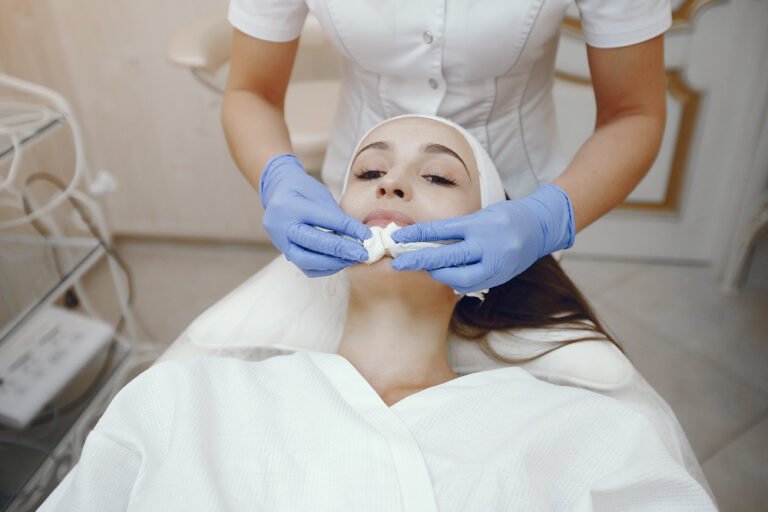| Test | Purpose |
|---|---|
| Karyotyping | Detects chromosomal abnormalities (e.g., Klinefelter syndrome) |
| Y-Chromosome Microdeletion Test | Identifies deletions in the AZF region linked to sperm production |
| CFTR Gene Mutation Test | Related to congenital absence of the vas deferens (linked to cystic fibrosis) |
A low sperm count—also known as oligospermia—is one of the most common findings during male fertility testing. While it can be concerning, it’s not always the end of the road for natural conception. However, when a sperm count falls below normal, doctors typically recommend further medical testing to understand the underlying cause and determine the best course of treatment.
This guide will walk you through how low sperm count is diagnosed, what it means, and the next steps your doctor may take to complete your fertility evaluation.
🧪 What Is Considered a Low Sperm Count?
According to the World Health Organization (WHO), a normal sperm concentration is:
- ≥ 15 million sperm per milliliter (mL) of semen.
Oligospermia is classified as:
| Sperm Count (million/mL) | Classification |
|---|---|
| 10–15 | Mild oligospermia |
| 5–10 | Moderate oligospermia |
| < 5 | Severe oligospermia |
| 0 | Azoospermia (no sperm) |
🔍 Diagnosing Oligospermia
The most common test used to identify low sperm count is a semen analysis. This test evaluates:
- Sperm concentration (count)
- Motility (movement)
- Morphology (shape)
- Semen volume and pH
- Presence of white blood cells or debris
Important: A single abnormal result isn’t enough for diagnosis. Your doctor will typically repeat the semen analysis after 2–3 weeks to confirm the findings, since factors like illness, stress, or recent heat exposure can cause temporary changes.
🚨 When Low Sperm Count Warrants Further Testing
Once oligospermia is confirmed, your doctor will want to identify the cause. There are many potential contributors, including hormonal imbalances, physical obstructions, genetic conditions, and lifestyle factors.
Here’s how doctors proceed step by step:
🧬 Step 1: Hormone Testing
Blood tests help assess whether your endocrine system is functioning properly, particularly the hypothalamic-pituitary-gonadal (HPG) axis. Key hormones include:
| Hormone | What It Evaluates |
|---|---|
| FSH | Stimulates sperm production in the testes |
| LH | Stimulates testosterone production |
| Testosterone | Supports sperm development and libido |
| Prolactin | High levels may suppress testosterone |
| TSH | Thyroid imbalances can impact sperm qualit |
🔍 Step 3: Scrotal Ultrasound
An ultrasound of the scrotum helps detect structural problems, including:
- Varicocele (enlarged veins in the scrotum, a leading cause of low sperm count)
- Testicular atrophy
- Obstructions or cysts
- Ejaculatory duct obstruction
Ultrasound also helps evaluate testicular size, which correlates with sperm production.
🧪 Step 4: Semen Culture or STI Testing
Infections in the reproductive tract—sometimes without obvious symptoms—can lower sperm count. Your doctor may test for:
- Urinary tract infections (UTIs)
- Prostatitis
- Sexually transmitted infections (STIs) like chlamydia or gonorrhea
Treatment with antibiotics can often resolve the issue and improve sperm parameters.
🧫 Step 5: Advanced Semen Tests
If routine tests are inconclusive, your doctor may request:
| Test | Purpose |
|---|---|
| Sperm DNA Fragmentation | Assesses sperm DNA integrity—important for fertilization |
| Reactive Oxygen Species (ROS) | Measures oxidative stress levels in semen |
| Antisperm Antibody Testing | Checks if your immune system is attacking your sperm |
📈 What Happens Next?
Once the root cause is identified, treatment is tailored to your specific condition. Common next steps include:
🔄 Lifestyle Modifications
- Quit smoking and excessive alcohol
- Maintain a healthy BMI
- Take antioxidant-rich supplements (zinc, CoQ10, vitamins C & E)
- Avoid heat exposure (hot tubs, saunas, laptops on lap)
- Manage chronic health issues (e.g., diabetes, thyroid disorders)
💊 Medical Treatment
- Hormonal therapy (e.g., Clomid, hCG, anastrozole)
- Antibiotics for infection-related causes
- Supplements targeted at sperm quality
🩺 Surgical Options
- Varicocelectomy (repair of varicocele)
- Vasovasostomy (reversal of vasectomy)
- Sperm retrieval (PESA, TESA, or TESE) for use in assisted reproduction
👨🔬 Assisted Reproductive Technologies (ART)
If sperm count is very low or no sperm are present in ejaculate:
- IUI (Intrauterine Insemination) for mild oligospermia
- IVF (In Vitro Fertilization) for moderate sperm abnormalities
- ICSI (Intracytoplasmic Sperm Injection) for severe cases or sperm retrieved surgically
🧠 Key Takeaways
- A low sperm count diagnosis (oligospermia) often prompts further testing to uncover the cause.
- Doctors may explore hormonal, genetic, infectious, or structural issues.
- In many cases, sperm count can be improved or managed with lifestyle changes, medications, or surgical treatment.
- Assisted reproductive technologies offer successful paths to parenthood even with severely low sperm counts.



